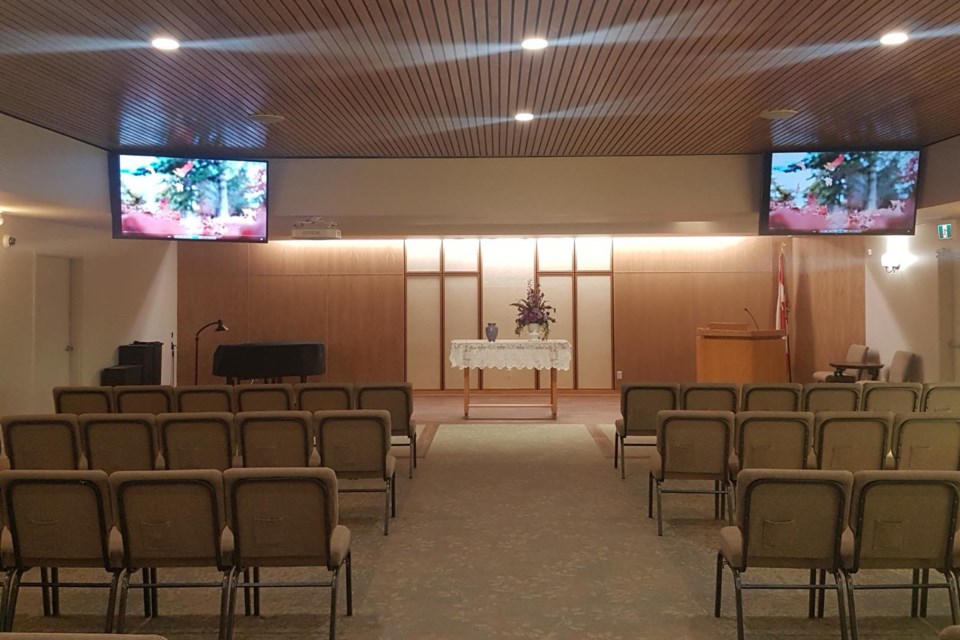COVID-19 has affected the lives of everyone, including the ways people say goodbye to the dearly departed.
Before the pandemic hit Alberta, a small percentage of funerals in Alberta were live-streamed online.
With fluctuating crowd size restrictions due to the pandemic, the virtual funeral has now become commonplace.
“It is a necessity. They are absolutely going to be part of services going forward," said Cameron Connelly, vice-president of Edmonton-based Connelly-McKinley Funeral Homes.
"It's not only a live event for people to watch, but it's also a record of the event. It's for the grandkids. It’s for everyone. It will become one of the habits going forward."
An official with a Calgary-based funeral operator echoed those comments.
"It is the new norm when it comes to funeral services. I don't see this going away," said Jeff Hagel, president of McInnis and Holloway Funeral Homes.
"In the past, it was rare to have a funeral taped – now, 100 per cent of funerals are taped, but not all are live streamed. We use different platforms, whatever the family wants: YouTube, Facebook."
While funeral operators have offered video recording and live-streaming for years, the need and popularity of the service has exploded during COVID-19.
Typically, small security-style cameras are mounted into the ceiling of the service chapel with the lens fixed on the front of the room.
"The cameras see the urn or the casket. People can appreciate the floral experience. The slide show component is built in," said Connelly, adding the program they use – OneRoom – allows those watching the funeral webcast to switch between cameras.
Connelly added with the virtual switch, there has been a "significant increase in moving photo tributes like slide shows and pre-recorded speeches."
He also said there has also been an increase in cremation during the pandemic, mainly to allow families to delay services.
"We had many families who did cremation in March and April, who had their service in August or September when the number of attendees allowed was up to 100."
Connelly described one unusual event shortly after the pandemic hit, where the service was completely virtual with only the deceased and funeral staff present inside the chapel.
"Everything for the service was recorded in advance and the entire live-streaming was done virtually," said Connelly.
"The fear of COVID gave the family reason to worry so everything was pre-recorded and done online. There were speeches, and there was music and a religious message."
Connelly added at least 100 people watched that funeral live.
"It worked. It was a precedent-setting thing for us."
Hagel said while live-streaming is necessary, it’s impossible to replicate the funeral service itself.
“The impact of getting the family together is so important. Nothing replaces that.”
Hagel said stretching out the length of a funeral service is one way to allow more people to attend in-person.
Connelly agreed, saying, "Human contact can't be replaced. You need that touch, the eye contact."
One new aspect of the virtual funeral is the new way to express condolences, said Hagel.
“We encourage people to upload a video message to a loved one's online obituary. After the live-streaming of the service, the video is often embedded into the online obituary,” he said.
At the Westlock Funeral Home, owner/funeral director Duane Magus said about 50 per cent of services have been live-streamed since the beginning of COVID-19.
"Users can click a link in the obituary of the loved one who's service they wish to view, and be taken to a video on YouTube. There they can either watch the video live, or view it afterwards, as the link stays open for a period of 90 days.”
Gary Poignant is a freelance writer and regular contributor to Great West Newspapers. This story was funded by the Google News Initiative.



